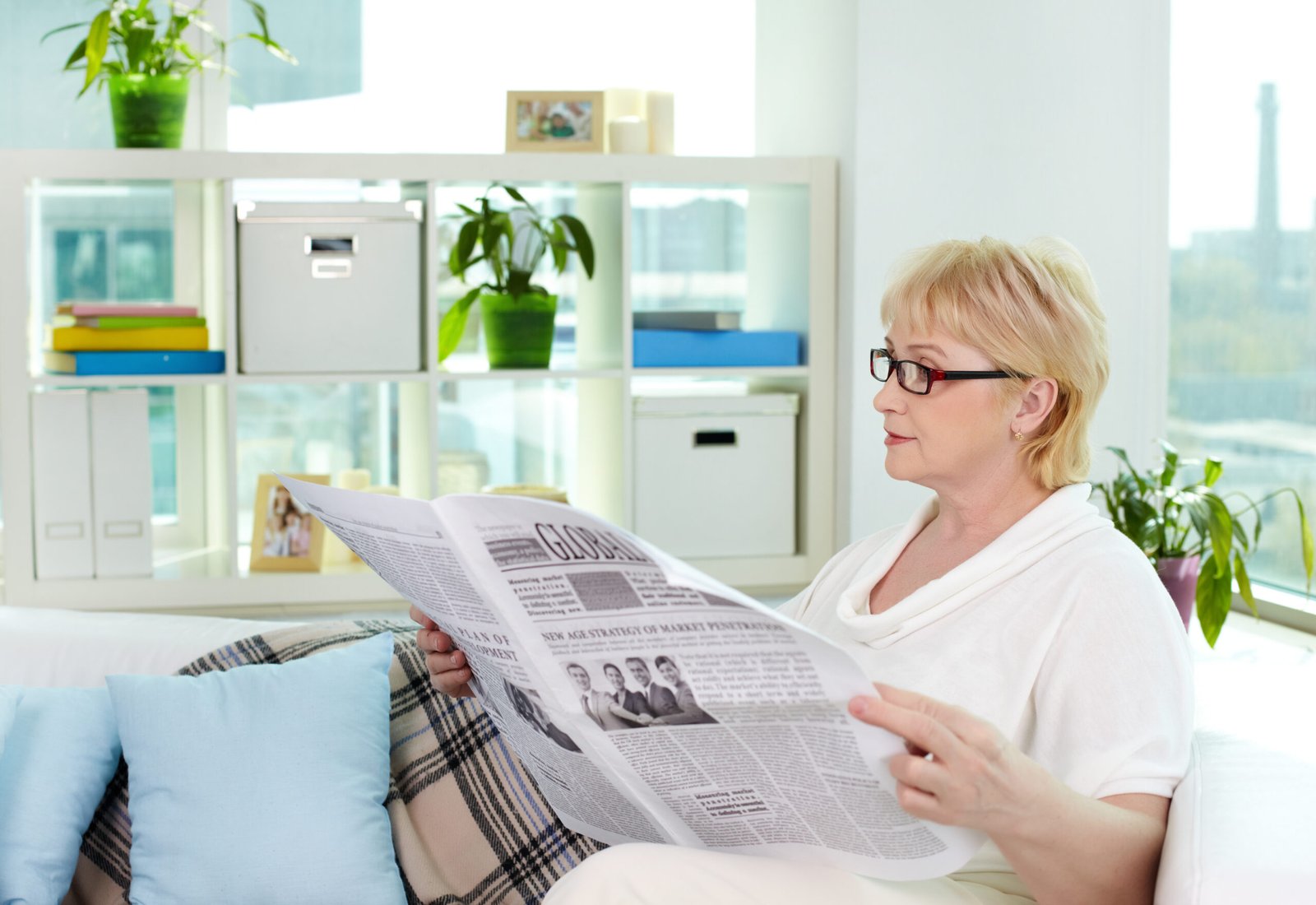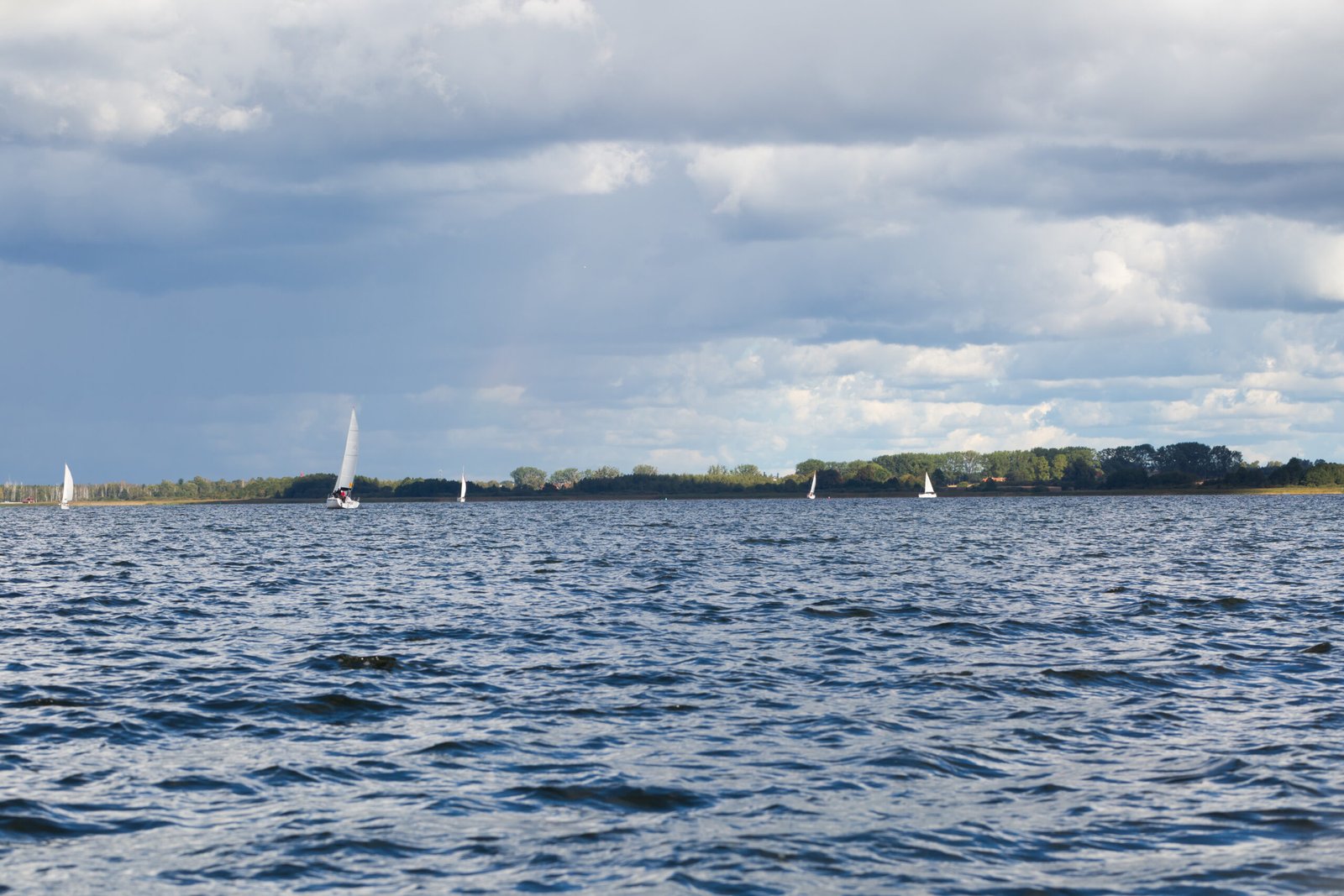Flight Schools
Flying Through History: Milestones That Changed Aviation Forever
Aviation has always been an exhilarating journey, one that intertwines human ingenuity and relentless ambition. As we soar through the annals of history, it’s essential to recognize how education and information dissemination have played pivotal roles in shaping the aviation landscape. From specialized schools to vibrant online communities, let’s explore how these milestones continue to influence future aviators.
*Aviation Schools: Types of Courses**
The pathway to becoming a skilled aviator is paved with diverse educational opportunities. Aviation schools offer a variety of courses tailored to different facets of the industry. At the heart of these programs are traditional flight training schools, where students can earn private pilot licenses (PPL) or commercial pilot licenses (CPL). Beyond flying skills, many institutions provide ground school classes that cover vital topics like navigation, meteorology, and aircraft systems.
For those interested in the technical side, maintenance and engineering courses are available at numerous vocational colleges. These programs delve into aircraft design principles, airframe mechanics, and powerplant operations—essential knowledge for ensuring safety in the skies.
Additionally, aspiring pilots may choose programs focused on aviation management or business administration. These courses prepare individuals for leadership roles within airlines or airport operations. The blend of practical skills with theoretical knowledge creates well-rounded professionals capable of navigating this complex field.
*A List of Essential Aviation Blogs and Websites**
In our digital age, staying informed is as important as formal education. A plethora of blogs and websites dedicated to aviation can help enthusiasts and professionals alike keep abreast of industry trends and innovations. Here are some must-visit resources:

1. **Airliners.net** – A hub for aviation enthusiasts featuring stunning photography alongside discussions on various aircraft.
2. **Flying Magazine** – This publication offers insights into piloting techniques while also sharing personal stories from seasoned aviators.
3. **AvWeb** – An online source providing news updates on everything from technology advancements to regulatory changes affecting pilots.
4. **Pilot’s Digest** – A collection of articles covering training tips, gear reviews, and stories from across the globe.
5. **FlightAware** – Excellent for tracking real-time flights; it’s invaluable for both hobbyists and professionals monitoring air traffic.
Social media platforms also serve as dynamic venues for discussion and learning. Following accounts such as @FallingSkyNews on Twitter or engaging with Facebook groups like “Aviation Enthusiasts” can enrich your understanding while connecting you with fellow aviation aficionados.

*FAA Flight Schools: Simulators and More**
The Federal Aviation Administration (FAA) plays a crucial role in establishing standards for flight schools across America. FAA-certified flight schools offer structured training programs that adhere to rigorous guidelines ensuring safety and efficacy in pilot education.
These institutions frequently incorporate advanced simulators into their curriculum—tools that replicate real-world flying scenarios without leaving the ground! These high-tech devices allow students to practice maneuvers under various conditions safely before taking control of an actual aircraft.
From fundamental concepts taught at local community colleges to specialized institutions focusing solely on aviation careers, there’s an abundance of choices awaiting future pilots eager to take off into their dreams.
As we reflect on these critical milestones in aviation education—from diverse course offerings at schools to thriving online communities—the evolution continues unabated! With each new generation equipped with knowledge gained from past experiences, who knows what heights humanity will reach next? The sky truly is not just a limit; it’s an invitation!
Soaring High: The Evolution of Aviation Technology
Aviation has come a long way since the Wright brothers took their first flight in 1903. Today, it stands as one of the most significant and technologically advanced industries worldwide. As we look to the skies, it’s essential to understand how aviation technology has evolved and continues to shape our world. A critical component in this evolution is education—specifically, aviation schools that offer various courses tailored to aspiring aviators.
*Types of Aviation Courses**
Aviation schools provide a plethora of programs designed for different interests and career paths within the industry. At the core of these offerings are:
1. **Pilot Training Programs**: These include Private Pilot License (PPL), Commercial Pilot License (CPL), and Airline Transport Pilot License (ATPL). Each course builds on skills necessary for flying aircraft, from basic navigation to advanced maneuvering.
2. **Aircraft Maintenance**: Schools focusing on maintenance train students in airframe and powerplant (A&P) certification, ensuring planes remain safe and operational.
3. **Aviation Management**: For those interested in the business side of flying, these programs cover airline operations, regulatory compliance, and logistics management.
4. **Air Traffic Control**: Specialized training prepares individuals for managing air traffic safely and efficiently—a role crucial for maintaining order in busy skies.
5. **Avionics Technology**: With the rise of digital systems in aviation, avionics courses teach students how to install, repair, and maintain complex electronic systems within aircraft.
As technology advances rapidly, so too do the educational offerings at aviation schools—ensuring that students are equipped with cutting-edge knowledge.
*Exploring Aviation Resources Online**
In today’s digital era, there exists a wealth of resources available online for both seasoned professionals and novices alike. Here’s a curated list of noteworthy blogs, websites, and social media platforms dedicated to aviation:
**Blogs & Websites**:
– *Airliners.net*: A forum for aviation enthusiasts featuring stunning photography.
– *Flying Magazine*: Offers articles on flying techniques as well as insights into new technologies.
– *AVweb*: A source for news related to general aviation.
**Social Media Platforms**:
– Twitter accounts such as @FltPlan or @AeroNews can keep you updated on real-time developments.
– Facebook groups focused on pilot training or aircraft restoration foster community engagement.
– Instagram showcases breathtaking aerial photographs under hashtags like #aviationlovers or #pilotlife.
These resources not only enrich knowledge but also create an engaging community where individuals can share experiences and advice.
*FAA Flight Schools & Simulators**
For anyone serious about pursuing a career in aviation—or even just wanting to fly recreationally—the Federal Aviation Administration (FAA) has accredited numerous flight schools across the United States. These institutions adhere strictly to safety protocols while providing comprehensive training.
Additionally, simulators play an increasingly vital role in pilot education today. Virtual simulators allow students to experience realistic flying conditions without leaving the ground—enabling them to practice emergency procedures or learn navigation skills without risk. Many FAA-certified schools incorporate simulators into their curriculum for enhanced learning experiences.
In summary, as we soar high into the future of aviation technology—from innovative aircraft designs to sophisticated training methods—we must recognize the vital role education plays. Whether through traditional flight schools or immersive online resources, aspiring aviators have unprecedented opportunities at their fingertips that will propel them into a promising skyward journey!

Soaring Skies: The Future of Sustainable Aviation Technology
Aviation, an industry synonymous with innovation and adventure, is on the brink of a remarkable transformation. As we hurtle toward a more sustainable future, the integration of cutting-edge technology will redefine how we think about flying. But before we dive into this thrilling era, let’s explore how aspiring aviators can prepare for these changes through various educational paths and resources.
*Aviation Schools by Types of Courses**
Diverse educational programs offer a multitude of courses that cater to every facet of aviation. At the forefront are flight training schools, which primarily focus on preparing students for piloting careers. These institutions provide hands-on flight experience complemented by ground school instruction covering navigation, meteorology, and regulations.

Then there are aviation management programs that equip future leaders with knowledge in finance, operations, and logistics within the aviation sector. For those interested in aircraft maintenance, airframe and powerplant (A&P) schools deliver specialized training to ensure safety and efficiency in aircraft operations.
Furthermore, universities often offer degree programs in aerospace engineering, focusing on designing and developing aircraft technologies. This sector is crucial for fostering innovations that enhance sustainability—such as electric propulsion systems or advanced aerodynamics.
*Lists of Aviation Blogs, Websites, Social Media Sites**
Staying informed is vital in an ever-evolving field like aviation. Fortunately, numerous blogs and websites provide insights into current trends and advancements. Noteworthy blogs include “Airliners.net,” where enthusiasts share photographs alongside discussions about airline operations worldwide. Similarly, “The Points Guy” offers travel tips while emphasizing sustainability initiatives within airlines.
For those who prefer concise updates through social media channels, Twitter has become a hub for aviation news; accounts like @FlightGlobal share real-time information on industry developments. Additionally, Instagram accounts such as @aviationdaily showcase stunning imagery from around the globe while highlighting eco-friendly practices adopted by various airlines.
YouTube also hosts a plethora of channels dedicated to aviation topics—like “Mentour Pilot,” wherein professional pilots discuss experiences while also addressing the importance of environmental stewardship in their profession.
*FAA Flight Schools/Airplane Schools/Simulators**
When it comes to official flight training in the United States, FAA-approved flight schools are pivotal. They adhere to strict regulations ensuring quality education for aspiring pilots. Some renowned institutions include Embry-Riddle Aeronautical University and ATP Flight School—both known for their comprehensive programs that combine practical flying experience with theoretical knowledge.
Additionally, simulation technology is revolutionizing pilot training methodologies. High-fidelity simulators allow students to practice complex maneuvers without leaving the ground—a critical aspect when considering emergency scenarios or learning new aircraft systems. Many modern flight schools incorporate simulation time as part of their curriculum to enhance overall proficiency while minimizing costs associated with actual flight hours.
In conclusion, as we look skyward towards sustainable aviation’s bright future filled with electric planes and eco-efficient technologies, it’s imperative that tomorrow’s pilots receive robust training through diverse educational avenues available today. With countless resources at their fingertips—from insightful blogs sharing industry wisdom to FAA-certified schools providing top-notch instruction—aspiring aviators are well-positioned to not just witness but actively participate in this exciting new chapter of aviation history! The sky may not be the limit after all; instead, it could be just the beginning!
The Green Skies Ahead: Sustainable Innovations in Aviation
As the aviation industry continues to evolve, sustainability has emerged as a critical focus. With increasing awareness of environmental impacts, innovative solutions are being developed to reduce carbon footprints and promote greener practices. To navigate this transformative landscape, aspiring aviators can access various educational resources tailored to their interests and career goals.
*Aviation Schools by Types of Courses**
The journey into aviation begins with education, and there is an abundance of options available for those eager to take flight. Aviation schools offer diverse programs catering to different aspects of the field:

1. **Pilot Training Programs**: These courses focus on the technical skills needed to operate aircraft. From private pilot licenses (PPL) to commercial pilot licenses (CPL), students gain hands-on experience that prepares them for real-world flying.
2. **Air Traffic Control**: Specialized curricula teach students how to manage air traffic safely and efficiently. Graduates play a crucial role in maintaining orderly skies while ensuring flights operate smoothly.
3. **Aviation Management**: For those interested in the business side of flying, aviation management courses cover topics such as airport operations, airline marketing, and logistics—essentially everything needed for running successful aviation enterprises.
4. **Aircraft Maintenance Engineering**: This program equips students with the knowledge required to troubleshoot and repair aircraft systems. As sustainable technologies emerge, understanding new eco-friendly materials becomes increasingly vital.
5. **Unmanned Aerial Systems (UAS)**: With the rise of drones, many institutions now offer courses focused on UAV technology, regulations, and applications—a rapidly growing sector within aviation.
Exploring these varied pathways provides prospective aviators with rich opportunities aligned with their passions while contributing positively to industry sustainability.
*Lists of Aviation Blogs, Websites, Social Media Sites**
Staying informed about the latest advancements in sustainable aviation practices is essential for both professionals and enthusiasts alike. Here’s a compilation of valuable online resources:
**Aviation Week Network**: A leading source for news covering all aspects of aerospace innovation.
**FlightGlobal**: An extensive database offering insights into airlines’ efforts toward sustainability.
**The Air Current**: Focuses on news analysis related specifically to market shifts in airlines aiming for greener operations.
**Simple Flying Blog & Site**: Offers updates on current events along with expert opinions on how airlines can innovate sustainably.
**Reddit’s r/flying Community**: A vibrant forum where pilots share experiences and discuss eco-friendly practices in aviation.
Additionally, popular social media platforms like Twitter (#AvGeek) or Instagram provide a visual feast featuring stunning aircraft photos alongside discussions about sustainability trends within the community.
*FAA Flight Schools/Airplane Schools/Simulators**
For those ready to take action towards becoming licensed pilots or specialists in other areas of aviation, FAA-approved flight schools remain indispensable resources. These institutions uphold rigorous training standards that ensure safety while equipping students with crucial skills.

Many FAA flight schools offer advanced simulators that mimic real-life flying scenarios—perfecting techniques without leaving the ground! Simulators not only minimize fuel consumption but also allow trainees from diverse backgrounds unlimited opportunities for practice without environmental impact concerns.
In conclusion, as we gaze upon the horizon marked by promising green skies ahead, it’s clear that sustainable innovations are reshaping our beloved industry. By diving into educational avenues and utilizing available resources—be it blogs or reputable flight schools—we can actively participate in creating a more environmentally responsible future for aviation! So buckle up; it’s going to be an exciting ride!
The Skyline Promise: Exploring the Fascinating World of Urban Air Mobility
The horizon is shifting, and with it comes an exhilarating revolution in aviation—urban air mobility (UAM). This dynamic field blends cutting-edge technology with the promise of transforming how we navigate our cities. As we delve into this fascinating world, it’s essential to understand that the future of flight not only relies on innovative aircraft but also on a robust foundation built through aviation and technology training.

To embark on this journey, aspiring aviators must familiarize themselves with various educational avenues. Traditional flight schools have long served as pillars for pilot training, but now they are evolving alongside new technologies. The Federal Aviation Administration (FAA) has recognized the importance of adapting to these changes by accrediting numerous flight schools across the country that focus on emerging sectors like UAM. These institutions offer comprehensive programs that include hands-on experience with cutting-edge simulators and real-world flying scenarios.
Simulators play a crucial role in modern pilot training; they provide invaluable opportunities for students to hone their skills without stepping foot into an actual aircraft. With advancements in virtual reality (VR) and computer-generated environments, pilots can practice complex maneuvers or emergency protocols safely and effectively. Schools such as Embry-Riddle Aeronautical University and ATP Flight School are at the forefront, integrating technology into their curricula to produce highly skilled pilots ready for tomorrow’s challenges.
In addition to formal education, staying informed about industry trends is vital for anyone passionate about aviation and urban air mobility. Engaging with online communities can enhance your knowledge base immeasurably. There’s a wealth of resources available through blogs, websites, and social media platforms dedicated to aviation enthusiasts.
Some noteworthy blogs include:
1. **Flying Magazine** – A classic source offering insights into both recreational flying and technical advancements.
2. **Air & Space Magazine** – Delves deeper into aeronautics history while keeping readers updated on contemporary innovations.
3. **PILOT Magazine** – Focused specifically on pilots’ experiences, gear reviews, and operational tips.
For those who prefer websites over traditional blogging formats, consider visiting:
**Aviation Week Network** – Comprehensive coverage of all things aerospace including commercial aviation updates.
**AvGeekery.com** – A hub for passionate aviation geeks showcasing everything from airline news to aircraft spotting tips.
Social media platforms are also treasure troves for real-time information and community interaction within the aviation sphere:
**Instagram** boasts aerial photography accounts that showcase stunning views from above.
**Twitter** serves as a fast-paced platform where industry professionals share breaking news.
**YouTube channels like “Mentour Pilot” or “Captain Joe” provide engaging visuals coupled with informative commentary about flying.
As urban air mobility continues its ascent—the promise of personal drones zipping through cityscapes becoming more tangible—it is imperative that budding aviators embrace both traditional learning paths and modern digital landscapes.
With every new innovation comes responsibility; thus, pursuing quality education remains paramount in ensuring safety within UAM systems. Whether you’re navigating through FAA-accredited flight schools or exploring dynamic online resources—a commitment to continuous learning will prepare you for this remarkable shift in how we view transportation.
So strap in! The skyline awaits your exploration—a mesmerizing blend of technology promising a future where urban skies become just as bustling as city streets below!



